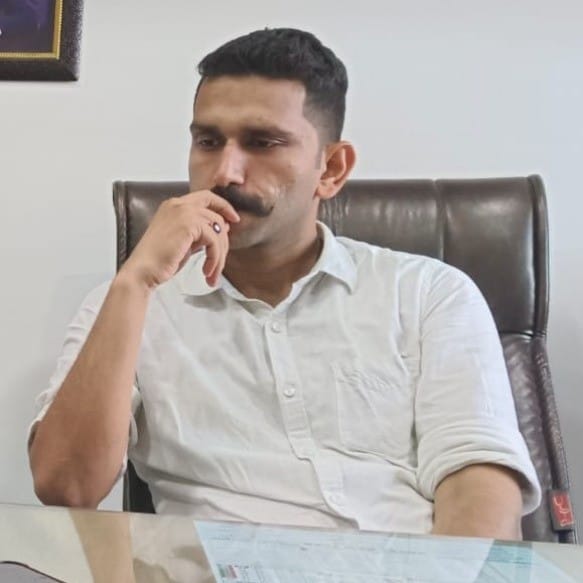Citation: 2018 Indlaw SC 535Date of Judgement: 27th March, 2018Bench:

Automated compliance and legal drafting
Citation: 2018 Indlaw SC 535
Date of Judgement: 27th March, 2018
Bench: Ranjan Gogoi (J), Mohan M. Shantanagondar (J)
Facts
- Appellant was the proprietor of Comtech IT Solutions, which was a member of Microsoft Developer Forum, which was guided by the Microsoft Corporation (India) Pvt. Ltd.
- In 1999, respondent through Centre for Development of Imaging Technology (C-DIT), Thiruvananthapuram had conceptualized “FRIENDS”, a singe window multiple agency bill collection system.
- Microsoft Corporation (India) Pvt. Ltd. had offered to provide the application software and system software free of cost for the pilot project.
- Applicant was given the task to carry out the system study and to develop the pilot project for “FRIENDS” project.
- On 23rd May, 2000, Microsoft placed orders with the appellant and software developed by appellant was handed over to respondent.
- Since pilot project was a success, on 19th Feb, 2001, MoU regarding establishing FRIENDS Integrated Service Centres at 13 districts was signed between appellant and respondent.
- Appellant claiming that respondent was trying to transfer some of the essentials of FRIENDS application software to M/s Stanhop Technology, filed an application for registration of his copyright in the FRIENDS application software before the Registrar of Copyrights, New Delhi.
- Registrar rejected applicant’s application as respondent had filed a suit before District Court, Thiruvananthapuram claiming that they had exclusive copyright over Intellectual Property Rights of the FRIENDS application software. Moreover, criminal case was also initiated against appellant.
- On 27th Dec, 2002, a notification was issued by State government under Sec 70(1) of the IT Act, 2000. So, writ petition was filed in High Court which was dismissed by High Court and Division Bench of High Court. Hence, the present appeal was made.
Issues
- Does appellant have a copyright over “FRIENDS” application software?
- Whether the power of declaration as a “protected system” under Sec 70(1) of IT Act, 2000 was unbridled and unguided?
Reasoning
1. Does appellant have a copyright over “FRIENDS” application software?
No
Court held that appellant in writ petition stated that he was entrusted by Microsoft to develop the software and received consideration from Microsoft. So, he could not be entitled to claim copyright over FRIENDS application software under Sec 17(a) of the Copyright Act, 1957.
2. Whether the power of declaration as a “protected system” under Sec 70(1) of IT Act, 2000 was unbridled and unguided?
No
Court held that the provisions of Section 2(k) of the Copyright Act, 1957 which defines “Government work” and Section 17(d) of the same Act on one hand and Section 70 of the I.T. Act has to be construed harmoniously. Sec 70(1) of the IT Act, 2000 bars access to a person to the system declared as a “protected system” without authorization from the Appropriate Government. the power of declaration of a “protected system” may invade a copyright which may be vested in a private owner. However, such a situation is taken care of by the provisions contained in Section 2(k) of the Copyright Act, 1957 which defines “Government work” and Section 17(d) of the Copyright Act, 1957 which vests in the Government, copyright in a government work as defined by Section 2(k). The balance is struck by Section 17 between copyright pertaining to any other person and copyright vested in the Government in a “government work”. the contention of theappellant as regards invalidity of Section 70 of the I.T. Act was repelled.
The amendment of 2009 to Section 70(1) of the I.T. Act, makes the power of declaration of protected system even more stringent by further circumscribing the power of declaration of protected system only in respect of a computer resource which directly or indirectly affects the facility of Critical Information Infrastructure, which is a defined expression in the I.T. Act. It was an attempt to circumscribe the power even further than what was prevailing under the pre-amended law, by narrowing down the ambit of “government work” so far as it is relatable to the facility of Critical Information Infrastructure, as defined under the Act.
Decision
Court dismissed the appeal by stating that appellant does had a copyright claim under Section 17 of Copyright Act, 1957. Moreover, the court iterated power under Section 70 of IT Act, 2000 was not unguided and unbridled.



